Japanese Delights
Gyudon (Beef Bowl)
For over a century and a half, gyudon has been warming the hearts and filling the bellies of food lovers across Japan. This mouthwatering dish combines succulent beef slices and caramelized onions, all simmered to perfection in a sweet and savory sauce, then lovingly ladled over a mound of fluffy rice. It's the ultimate Japanese comfort food, perfect for those hectic weeknights or when you're yearning for an authentic taste of Japan.
Chef's Notes:
- Gyudon is a beloved Japanese dish featuring thinly sliced beef and onions simmered in a flavorful sauce, served over a bed of steaming rice.
- Achieving tender beef is all about using thin slices cut against the grain and gently simmering in a rich, savory broth.
- Elevate your gyudon experience by adding toppings like tangy pickled ginger, fresh green onions, or a luscious soft-cooked egg for extra flavor and texture.
What is Gyudon?
In Japanese, gyudon translates to "beef bowl," and it's a cornerstone of the country's cuisine. This unpretentious yet irresistible dish has captured the palates of many, from hurried professionals to budget-conscious students. At its core, gyudon consists of paper-thin beef slices and tender onions, gently cooked in a harmonious blend of dashi, soy sauce, mirin, and sake, then generously spooned over a steaming bowl of perfectly cooked white rice.
One of gyudon's greatest charms is its simplicity and quick preparation. In less time than it takes to watch a sitcom episode, you can whip up a satisfying meal bursting with flavor. It's no surprise that gyudon chains like Yoshinoya have become household names in Japan and beyond!
Ingredients for Gyudon
To create your own delectable gyudon at home, gather these ingredients:
- 1 pound beef, sliced paper-thin (chuck or ribeye work best)
- 1 large onion, sliced into delicate crescents
- 2 cups of freshly cooked short-grain rice
- 1 cup of fragrant dashi stock
- 3 tablespoons of rich soy sauce
- 2 tablespoons of sweet mirin
- 2 tablespoons of aromatic sake
- 1 tablespoon of sugar
- 2 teaspoons of zingy fresh ginger, grated
- Green onions, finely chopped for garnish
- Beni shoga (vibrant pickled red ginger), for garnish
- Shichimi togarashi (zesty Japanese seven-spice blend), optional
The star of gyudon is undoubtedly the beef. Seek out thinly sliced beef labeled for sukiyaki or shabu-shabu at your local Asian market. If pre-sliced beef isn't available, pop a chuck or ribeye steak in the freezer for a bit, then slice it whisper-thin against the grain.
How to Make Gyudon
Let's walk through the gyudon-making process:
1. Create the sauce: In a bowl, whisk together dashi, soy sauce, mirin, sake, sugar, and freshly grated ginger.
2. Soften the onions: Warm a large skillet over medium heat. Toss in the sliced onions with a splash of the sauce mixture. Cook until the onions turn translucent and tender, about 5-7 minutes.
3. Introduce the beef: Crank up the heat to medium-high. Scatter the sliced beef into the skillet and pour in the remaining sauce.
4. Let it simmer: Bring the mixture to a gentle simmer and let it cook for 5-7 minutes, or until the beef is just cooked through and the sauce has reduced slightly, coating everything in its savory goodness.
5. Assemble: Divide the fluffy rice between serving bowls. Crown each bowl with a generous portion of the beef and onion mixture, making sure to drizzle some of that irresistible sauce over the rice.
6. Add the finishing touches: Sprinkle with vibrant green onions and tangy beni shoga. For those who enjoy a bit of heat, add a pinch of shichimi togarashi.
The end result is a bowl of pure comfort – juicy beef and sweet onions nestled atop a bed of rice, all infused with a savory-sweet sauce that's simply impossible to resist.
Tips for the Perfect Gyudon
Elevate your gyudon game with these pro tips:
- Beef selection: Opt for a cut with a good amount of marbling for maximum flavor. Ribeye is the gold standard, but Chuck is a delicious alternative.
- Slicing technique: For DIY slicing, partially freeze the beef for easier cutting. Always slice against the grain to ensure melt-in-your-mouth tenderness.
- Onion mastery: Take your time with the onions. Slow cooking allows them to release their natural sweetness, adding incredible depth to the dish.
- Sauce balance: Feel free to adjust the sweetness and saltiness to suit your palate. Some prefer a sweeter gyudon, while others lean towards a more savory profile.
- Rice matters: For an authentic experience, use short-grain Japanese rice. Its slightly sticky texture is ideal for soaking up every last drop of the flavorful sauce.
Variations and Toppings
While classic gyudon is a treat on its own, don't shy away from experimenting with toppings and variations:
- Onsen tamago: Crown your gyudon with a perfectly soft-cooked egg for an extra layer of richness.
- Cheese gyudon: Sprinkle some shredded cheese over the hot beef for a gooey, indulgent twist.
- Vegetable boost: Toss in some quickly blanched greens like spinach or bok choy for added nutrition and color.
- Spicy kick: Mix in some fiery ichimi togarashi or sriracha sauce for those who like to turn up the heat.
Remember, the joy of home cooking lies in making the dish your own. Feel free to tweak and experiment until you find your perfect gyudon formula!
Serving Suggestions
While gyudon is a satisfying meal on its own, you can round out your Japanese feast with these accompaniments:
- Miso soup: A classic pairing that adds warmth and depth to your meal.
- Pickled vegetables: Their crunch and acidity provide a perfect counterpoint to the rich beef.
- Green tea: A steaming cup of green tea aids digestion and cleanses the palate.
For a true teishoku (set meal) experience, serve your gyudon alongside a crisp small salad, an assortment of pickles, and a comforting bowl of miso soup. It's like bringing a cozy Japanese diner right into your home!
Nutrition Facts
Here's an approximate breakdown of the nutrition facts for a single serving of gyudon:
-
- Calories: 450
- Protein: 25g
- Fat: 18g
- Carbs: 45g
- Fiber: 2g
- Sodium: 800mg
Keep in mind that these values may vary depending on the specific ingredients and portion sizes used.
FAQs
Can I make gyudon ahead of time?
Absolutely! You can prepare the beef and onion mixture in advance and reheat it when you're ready to serve. However, for the best texture and taste, it's recommended to cook the rice fresh just before serving.
Is gyudon gluten-free?
Traditional gyudon contains gluten due to the soy sauce. However, you can easily make it gluten-free by substituting tamari for regular soy sauce.
Can I use other types of meat for this dish?
While beef is the classic choice, feel free to experiment with thinly sliced pork (butadon) or even chicken (toridon). The cooking method remains the same, allowing for delicious variations.
How long does gyudon last in the fridge?
When stored properly in an airtight container, gyudon can last 3-4 days in the refrigerator. Be sure to reheat it thoroughly before serving.
Can I freeze gyudon?
Yes, you can freeze the beef and onion mixture for up to 2 months. Thaw it in the refrigerator overnight and gently reheat on the stove, adding a splash of water if needed to revive the sauce.
Gyudon is more than just a quick meal – it's a comforting embrace of Japanese flavors in a bowl. With this recipe, you can recreate the magic of a Japanese beef bowl shop right in your kitchen. So grab those chopsticks and dive into this delicious piece of Japanese culinary tradition!















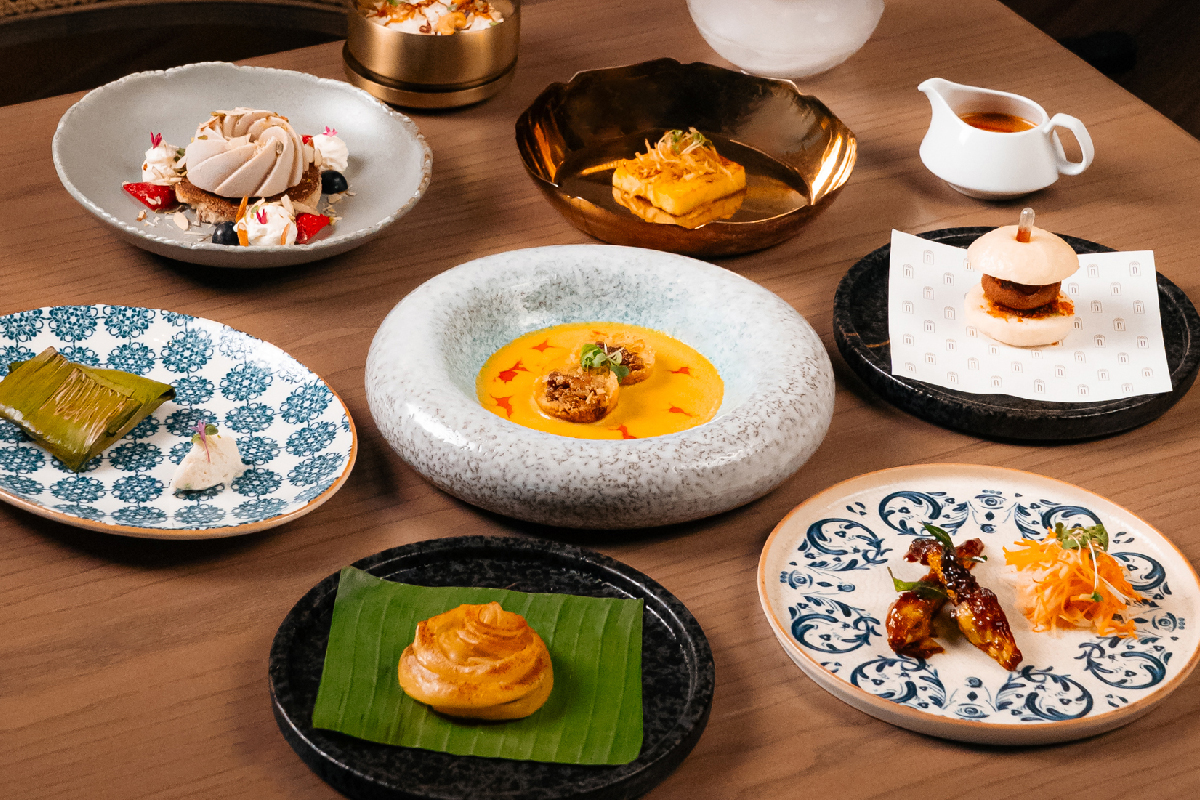


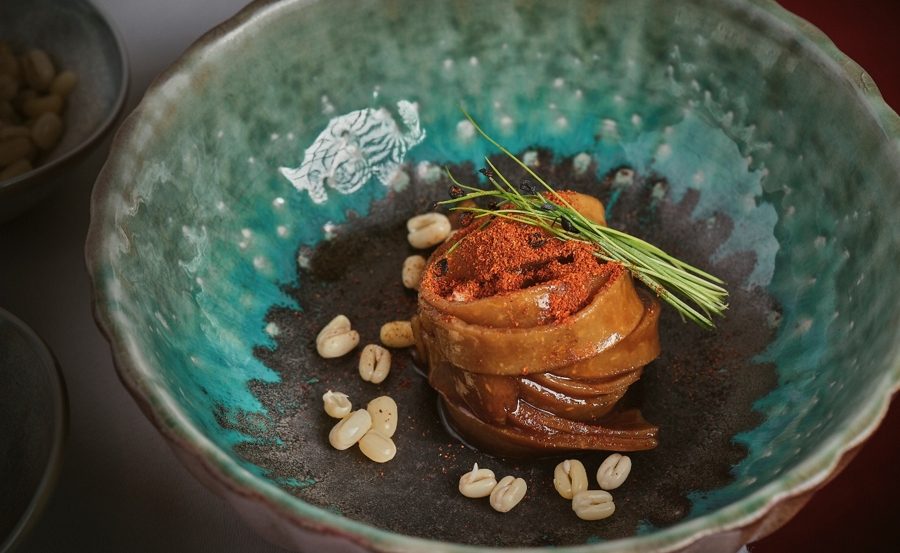

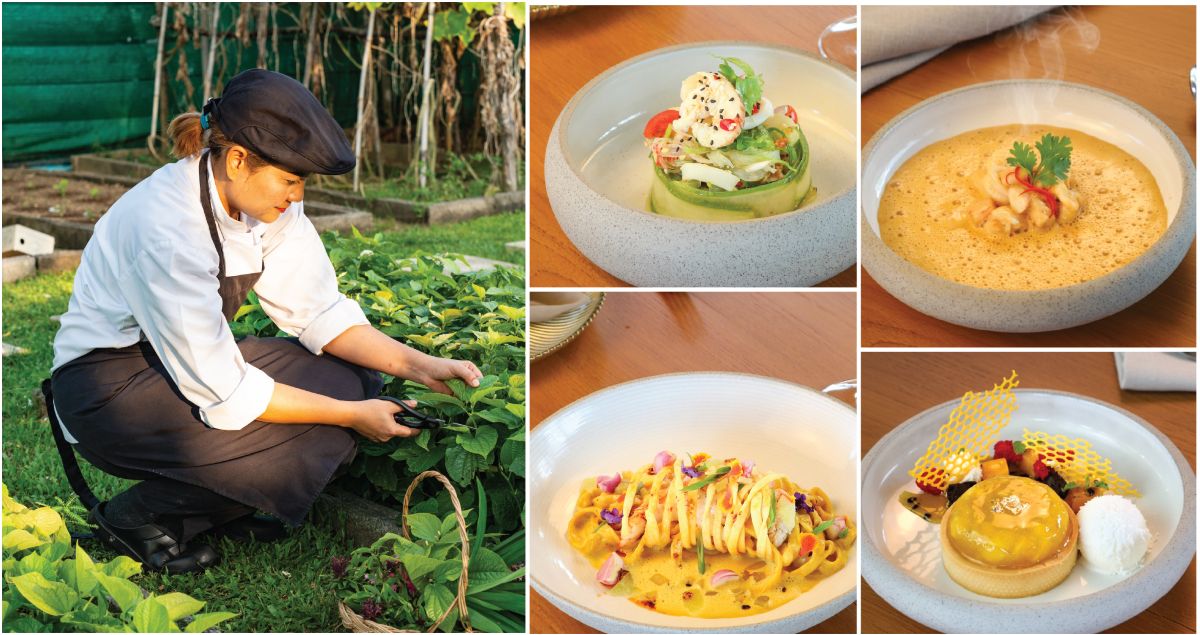

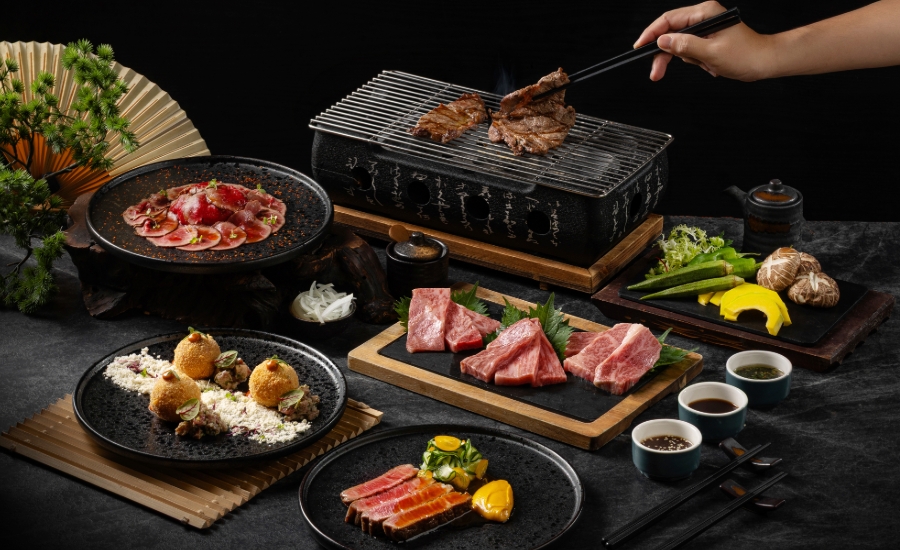







 Gastronomy Cities
Gastronomy Cities
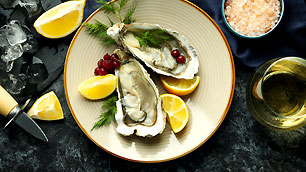 Amazing Food
Amazing Food
 Chef's Talk
Chef's Talk